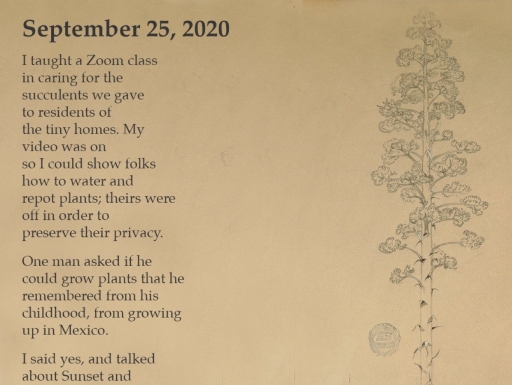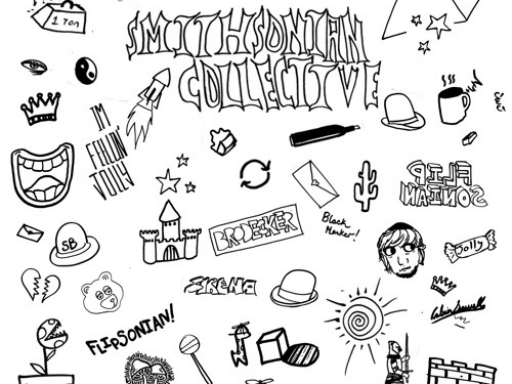March 5, 2021
Ryan King is the Program Manager for the Smithsonian Open Access initiative
One year ago the Smithsonian launched the Open Access initiative and over the course of the year that collection has grown to over 3.2 million 2D and 3D assets and 14 million metadata records. Beyond the numbers, we wanted to take the opportunity to reflect on what Smithsonian Secretary Lonnie G. Bunch III emphasized during the launch of the initiative, “...this is about more than access. We’re empowering our audiences to remix, repurpose, reimagine all the richness we offer. We’re inviting viewers to become collaborators—to engage critically, to think expansively, to imagine freely. We’re welcoming every person to create and share something of their own.”
So how have people made use of the collections over this past year?
- Creators & artists reimagined Smithsonian objects into their own artworks and poetry; a dining room revamped with wallpaper printed from a Smithsonian design object and a garden flag created from a poster in the collection are two such examples.
- Educators & learners developed learning modules on Smithsonian Learning Lab and have brought 3D models into their classroom through platforms like Tinkercad. Parsons School of Design Data Visualization students used data in their studio projects to answer questions like “what does the size of a painting say about gender?”
- Coders & data scientists used the Open Access Application Programming Interface (API) to parse through our open data for research, programming skills development, augmented reality, data visualizations, economics, and government statistics.
- Cultural & community builders created illustrated virtual tours of their neighborhoods. The Embassy of Japan posted a series of curated selections of Smithsonian objects and stories.
- Tech collaborators showcased 3D models of objects in the Girlhood (It’s complicated) exhibition at the National Museum of American History. Open Knowledge partners, such as Wikimedia and Creative Commons, have amplified access to the collections and have been crucial in discussions on enhancing both access and representation of the Open Access data set.
The above examples are in addition to some our initial launch collaborations:
One year down. The future is open.
We continue to be delighted by these examples and hope to make reuse of Smithsonian assets and data even more available and meaningful to you and to users around the globe.
Through the Cooper Hewitt, Smithsonian Design Museum, and in partnership with Verizon 5G, we have invited the public to prototype innovation platforms and modes of engagement by Activating Smithsonian Open Access through incubator-style commissioned works.
Andrew Lih, Wikimedian-at-large, has joined our efforts to enrich Wikipedia biographies on women in science with the Smithsonian’s American Women’s History Initiative, as well as to created better connections across the Smithsonian’s interdisciplinary collections to Wikidata, Wikimedia Commons, and Wikidata.
Much work remains to be done on enhancing the utility and discoverability of our objects, as well as issues of data equity and asking “new questions of old collections.” The Smithsonian has established a descriptive practice group looking at the language we use to describe collections in cataloguing, and an image description coalition to increase the accessibility of the collections.
Not only has releasing assets and data openly to the larger community allowed us to nimbly respond to partnerships and creative reuse, but also enabled other internal goals to move forward by freeing up staff resources. By conveying rights information in a consistent and transparent manner online, the number of requests from the public has gone down enabling staff to commit more time to support mission-critical work.
We hope doing this crucial work allows you to “engage critically, to think expansively, to imagine freely” in fun and useful ways.
Want to hear more?
Listen to the new Open Minds podcast by Creative Commons, where they interview Effie Kapsalis, Senior Digital Program Officer, on her reflections on the first year of Smithsonian Open Access.
Have a remix of your own? We would love to hear from you.
#SmithsonianOpenAccess
* Header Image: "Smithsonian Collective" by the Bodecker Foundation







